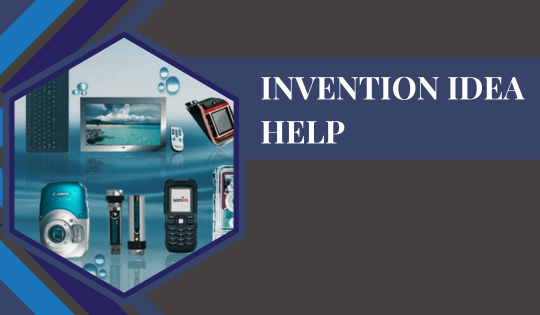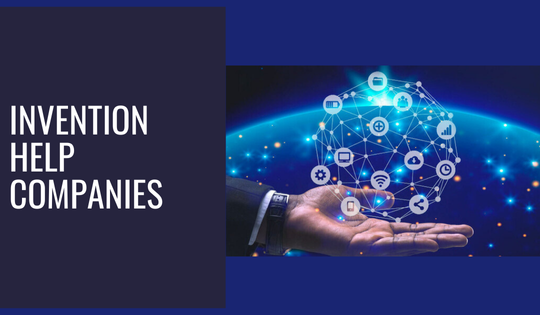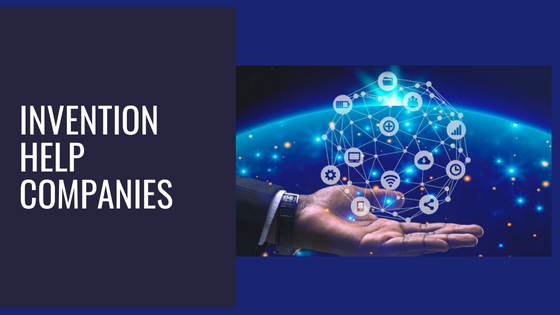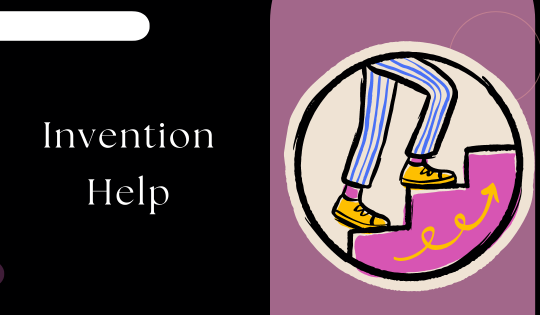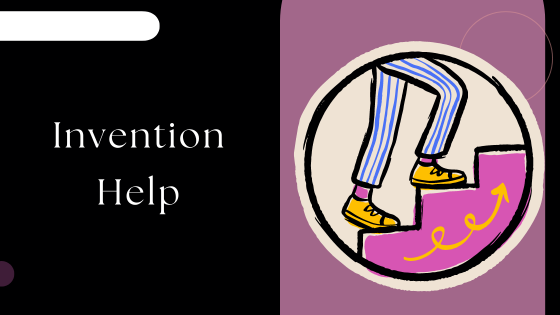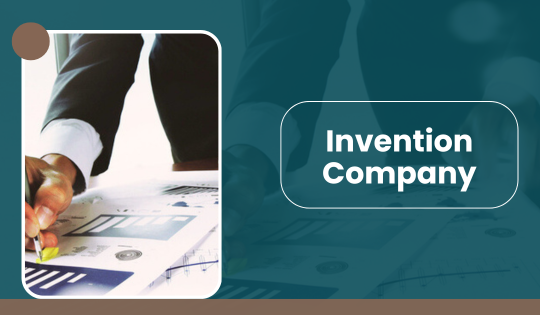InventHelp’s Role in Showcasing the Best Types of Inventions at CES
The Consumer Electronics Show (CES) is one of the most influential technology events in the world, where industry leaders, innovators, and technology enthusiasts gather to witness the unveiling of the latest and greatest in consumer electronics. Amidst the excitement and anticipation, InventHelp plays a pivotal role in assisting inventors to present their revolutionary ideas to a global audience. With their comprehensive inventor services, InventHelp is instrumental in showcasing some of the best types of inventions at CES.
InventHelp Inventor Services: An Overview
InventHelp is a renowned inventor service company that aids inventors in bringing their ideas to fruition. Their services span from initial idea evaluation to patent referrals, prototyping, and marketing to potential manufacturers and investors. By providing inventors with the tools, resources, and support they need, InventHelp ensures that innovative ideas are transformed into tangible products ready for presentation at major events like CES.
Best Types of Inventions Showcased at CES
1. Smart Home Technologies
One of the prominent categories highlighted at CES is smart home technology—a domain where InventHelp-supported inventions frequently make waves.
Smart Home Automation Systems:
Integrated home networks: Comprehensive systems that connect various home devices (thermostats, lights, security cameras) for seamless control via a central platform.
Voice-activated assistants: Devices that respond to voice commands to manage home functions, control entertainment systems, and provide information.
Advanced Security Solutions:
AI-powered cameras: Surveillance systems that use artificial intelligence to detect unusual activities and send real-time alerts.
Smart locks: Innovative locking mechanisms that offer keyless entry and remote access via smartphones.
2. Health and Wellness Innovations
Health-tech innovations are always a big hit at CES, and InventHelp has been pivotal in supporting inventors within this space.
Wearable Health Monitors:
Fitness trackers: Devices that monitor physical activity, heart rate, and sleep patterns, providing users with actionable insights to improve their health.
Medical-grade wearables: Advanced devices that track specific health metrics like glucose levels or ECG, aiding in proactive health management.
Telemedicine Solutions:
Virtual health platforms: Technologies that enable remote consultations with healthcare professionals, making medical advice and treatment more accessible.
Home diagnostic tools: Devices that allow users to perform health checks from home and share the results with their doctors digitally.
3. Consumer Electronics and Gadgets
CES is synonymous with cutting-edge consumer electronics, and InventHelp contributes to this excitement by showcasing innovative gadgets.
Next-Gen Smartphones and Tablets:
Foldable screens: Devices featuring foldable technology for greater portability and versatility.
Enhanced cameras: Smartphones equipped with high-resolution cameras and AI-enhanced photography features.
Personal Entertainment Systems:
VR and AR headsets: Devices that immerse users in virtual environments for gaming, training, and virtual meetings.
Wireless earbuds: High-quality audio devices with noise cancellation and long battery life.
4. Green and Sustainable Technologies
With increasing awareness of environmental issues, CES has seen a surge in green technologies, often supported by InventHelp.
Eco-friendly Home Appliances:
Energy-efficient devices: Smart appliances that reduce energy consumption and environmental impact.
Water-saving solutions: Innovations designed to minimize water usage and promote sustainability.
Renewable Energy Technologies:
Solar-powered gadgets: Devices that harness solar energy to operate, reducing the reliance on traditional power sources.
Advanced battery storage: Innovative energy storage solutions that support renewable energy systems.

InventHelp’s Impact at CES
By providing inventors with essential services such as prototyping, patent referrals, and marketing support, InventHelp ensures that new inventions not only meet industry standards but also capture the attention and imagination of CES attendees. Their role extends beyond merely presenting a product, InventHelp invention company nurtures ideas from the ground up, turning innovative concepts into market-ready products that stand out in the crowded and competitive space of CES.
Prototyping and Presentation
An eye-catching prototype can make all the difference at CES, and InventHelp excels in aiding inventors to develop impressive prototypes that effectively showcase the utility and appeal of their inventions. This hands-on assistance ensures that ideas are transformed into visually and functionally compelling products.
Patent Referrals and Intellectual Property Protection
Securing intellectual property rights is critical for any inventor. InventHelp provides guidance on patent referrals, helping inventors navigate the complex process of securing patents to protect their innovations from infringement.
Marketing and Networking Opportunities
InventHelp’s extensive network and industry connections provide inventors with invaluable exposure to potential investors, manufacturers, and partners at CES. By leveraging these opportunities, inventors can secure the necessary support to bring their products to market successfully.
Conclusion
InventHelp’s contributions to CES highlight their commitment to fostering innovation and supporting inventors. By offering comprehensive inventor services, InventHelp ensures that groundbreaking inventions are not only developed to their full potential but also receive the recognition they deserve at high-profile events like CES. The array of smart home technologies, health and wellness innovations, consumer electronics, and green technologies showcased at CES is a testament to InventHelp’s pivotal role in shaping the future of technology and innovation.
